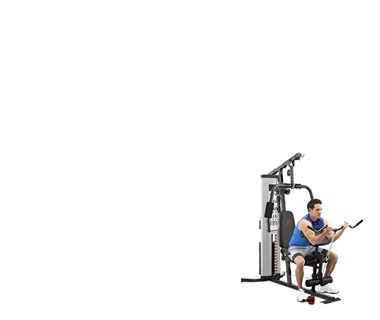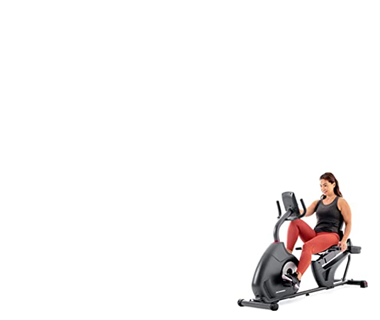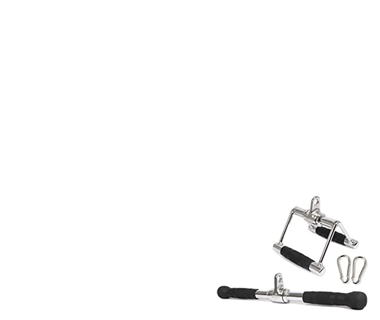A Beginner’s Blueprint for Better Box Jump Progression Leave a comment
Box jumps are a fantastic way to level up your workout routine and build power and strength from your legs to your lungs. Plyometric exercises are where you jump from the ground onto a box or raised surface, box jumps challenge both your mind and body. Essentially, it’s leg day and cardio all in one.
“Box jumps are a great way to work on power output, and coordination, and improve your cardio while still working on strength,” explains Makayla McShane, CrossFit athlete, former Worcester State University Dance Company president who spent 14 years training at Manomet School of Dance.
“Box jumps force you to use all of the muscles throughout your lower body, as well as your arms, to propel you to the top of the box,” says McShane, and shares that the plyometric move can fit anywhere in your workout routine.
“Incorporating box jumps in your warm-up is a great way to get your body prepped and your blood moving so that you are ready to take on your workout, while they can also be a sneaky burner to end a leg day session.”
With that, if you’re looking for ways to incorporate box jumps into your routine or simply need to get over the fear of the jump, McShane provides all the tips to get you jumping (and landing) in the right direction.
Take the Fear Out of Box Jumps
Although box jumps are a fantastic exercise to incorporate into your fitness routine, they can be quite intimidating (or even scary) when first starting out. Nonetheless, if box jumps are a move you’re looking to master, McShane recommends starting with the box step up exercise. “This will allow you to get comfortable with the height of the box, being on top of the box, and opening up your hips.”
How to perform a box step up
Stand a few inches from the step box.
Place your right foot on top of the step box.
Bring up the left foot on top of the box by straightening your right knee.
Return to the starting position by stepping on the floor with your left foot, and then bring down your right foot.
Step on the box with your left foot and repeat the movement.
Once you’ve gained confidence and familiarity with the box and are ready to try a box jump, starting the jump at a lower height and gradually working your way up may be best. McShane recommends you begin by jumping on one weight plate, then two plates, then a 16-inch cushion box, to a 20-inch wooden box, and so on.
Alongside gradual height progression, “Coordination is key during box jumps,” says McShane, and recommends visualizing your landing point before jumping as well as focusing on landing softly.
qunica.com
How Often Should You Box Jump to Build Strength and Power?
When looking to build box jump strength McShane recommends incorporating a strength cycle that consists of 8 to 12 weeks of consistent training with one to two weeks rest.
Example: Eight to 12 weeks where box jumps are utilized in your workouts with designated sets and reps (not just used as a warm-up) following one to two weeks off.
“Using an eight to 12 week ‘on’ and one to two week ‘off’ method could be a great way to build up your box jump stamina, height, and overall ability, while one to two weeks off would allow you to have a chance to rest and recover,” McShane says.
However, if you’re simply looking to add it as a part of your cardio routine, McShane encourages a weekly addition of box jumps into your routine would be the best way to work on the skill.
Ways to Incorporate Box Jumps into Your Routine
As you now know, box jumps can be placed essentially anywhere you want them in your workout. The key to experiencing their benefits is simply including them.
Here are simple ways you can add more box jumps into your workout routine.
As a warmup:
Perform slow and controlled box jumps (without going to max height) for 5 minutes off and on. (10 box jumps, walk in place for 30 seconds, and repeat). This will increase blood flow and loosen the muscles of your lower body.
In-between sets:
Complete a set of box jumps in between lifts.
As the workout:
Perform designated sets and reps for a full box jump workout.
Workout Finisher:
Perform as many jumps as you can for one minute after your workout is completed.
Peathegee Inc / Getty
Is It Necessary to Jump to Your Max?
Jumping to your max is all about personal goals. If you’re looking to push your limits, monitor progress, or create a plan of action to improve, attempting your max jump is a great goal.
“In regards to “jumping to your max,” I think it is beneficial to determine a max to see what your body is capable of and to have a reference point to compare future attempts as well,” says McShane. By doing this, you’ll know if you’re making progress or if you need to revamp your workout routine. Either way, you’ll have a good idea of what direction you need to take.
Good to Know: A higher box jump is going to help you with your speed and agility whereas a lower box jump can help you work on exploding out of the bottom and recovering quickly.
Tips to Avoid Box Jump Injuries
If jumping to your max or increasing the height of the jump is the goal, McShane jumps in to help you avoid unnecessary box jump injuries. “The best way to prevent any minor injuries is to practice, use proper technique, and simply build up your confidence in the skill.” Building box jump confidence comes from the good ole’ saying, “Practice makes perfect.”
If you go into a box jump telling yourself the box is too high, you’re setting yourself up for failure within your mind.
“By incorporating box jumps into your routine, you can become more comfortable with the skill and thus be successful when they appear in a workout or cycle.”
If those tips are not enough to conquer your fear, McShane recommends being proactive as another way to avoid injuries. “These steps could include: using a softbox rather than a wooden one, wearing longer pants instead of shorts, (shin/skin protection), and adding knee sleeves to protect your knees.”
The key to success in box jumping is to not let your mind talk you out of trying, and when all else fails, get proactive.




